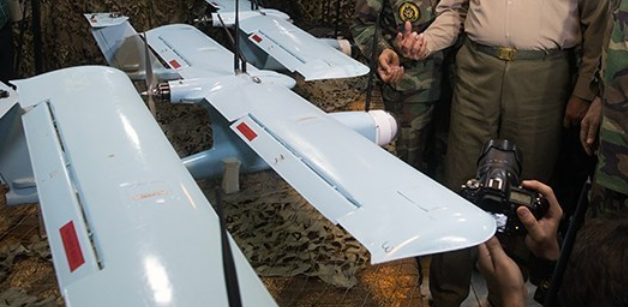There has been a significant shift from traditional combat methods,
Others are reading now
The battlefield in Ukraine is illustrating a dramatic shift in modern warfare, raising serious concerns about America’s readiness for this new era.
According to General Mark Milley, former Chairman of the Joint Chiefs of Staff, and Eric Schmidt, former CEO of Google, the U.S. military is falling behind in adapting to the rapid advancements in drone and artificial intelligence (AI) technologies.
Shift from Traditional Combat Methods
China, which controls about 70% of the global drone production market, and Russia, significantly increasing its drone deployment in Ukraine, are leading the way in this technological evolution. As Milley and Schmidt highlight, “Thousands of drones fill the sky” in Ukraine, equipped with AI to navigate obstacles and identify targets.
This marks a significant shift from traditional combat methods, where drones and AI are becoming central to military strategies, according to Ziare.
Also read
The U.S. military’s current capabilities, including its planes, ships, and tanks, are inadequately prepared to counteract the threat posed by these advanced drones.
“The Pentagon does not have enough initiatives to address these failures,” Milley and Schmidt note, emphasizing the slow pace of reform within the military.
Need for Rapid Overhaul
The need for a rapid overhaul is clear, as the U.S. military must update its tactics, equipment procurement processes, and leadership training to effectively integrate AI and drone technologies.
The shift towards robotic systems and AI in warfare is not just about technological superiority but also cost-effectiveness. Drones are significantly cheaper than traditional military aircraft, with even sophisticated models like the MQ-9 Reaper costing a fraction of an F-35 fighter jet.
To maintain its global military edge, the U.S. must urgently embrace these advancements. As Milley and Schmidt assert, “The future of warfare is rapidly becoming the present,” and the U.S. must adapt swiftly or risk falling behind adversaries who are already capitalizing on these technologies.


